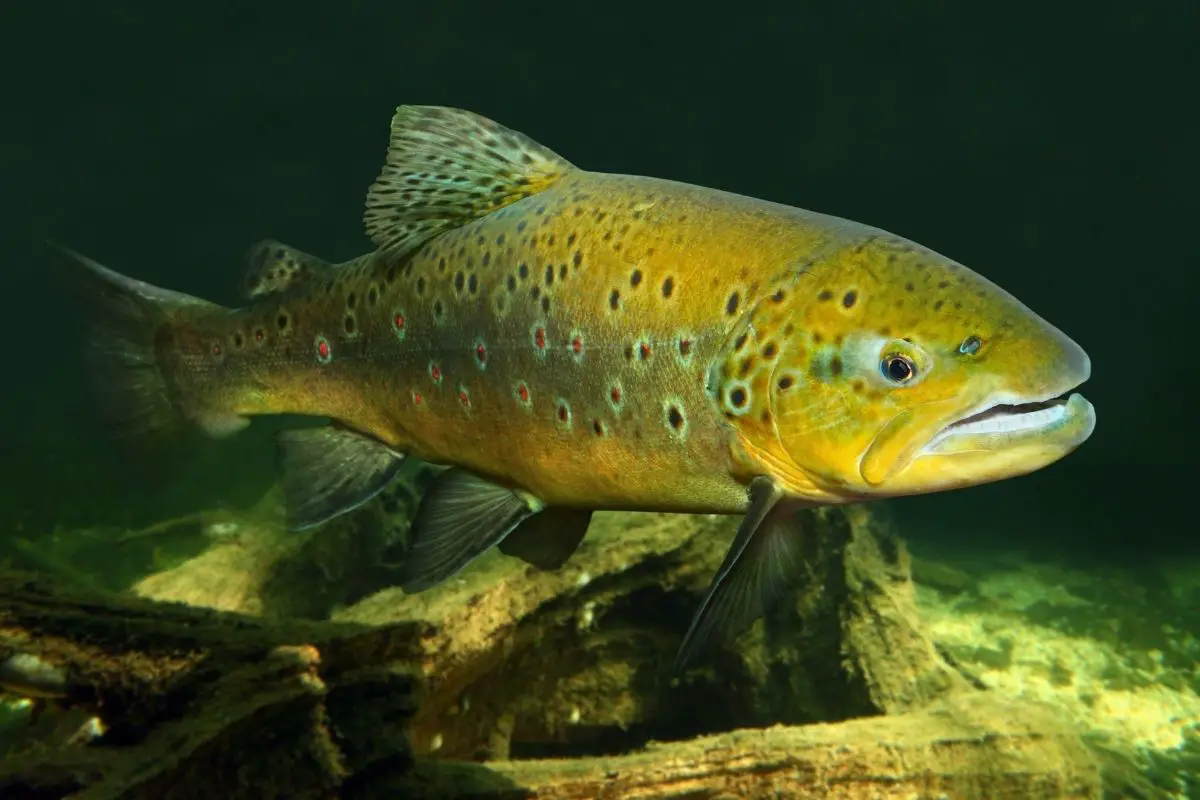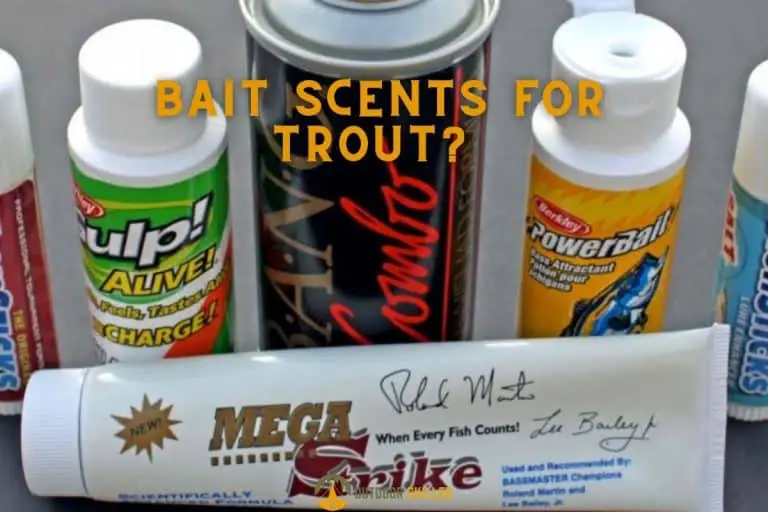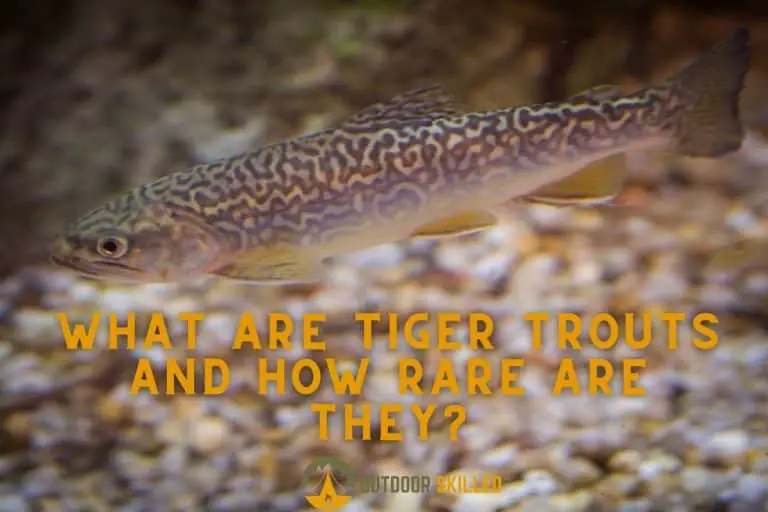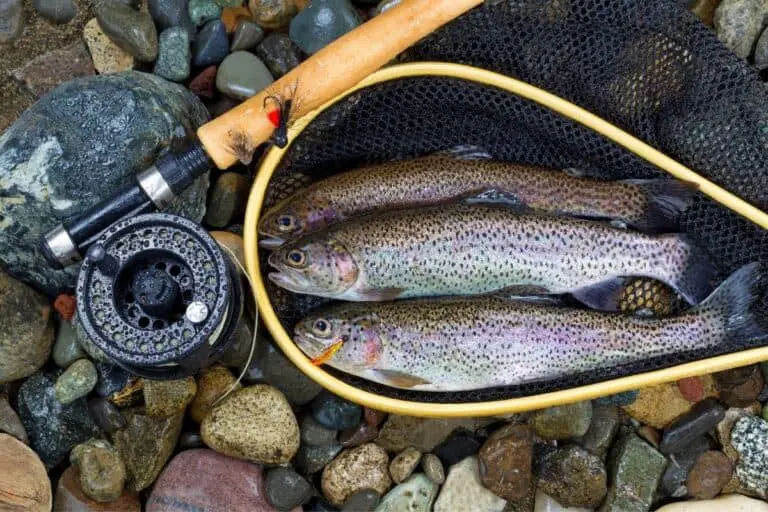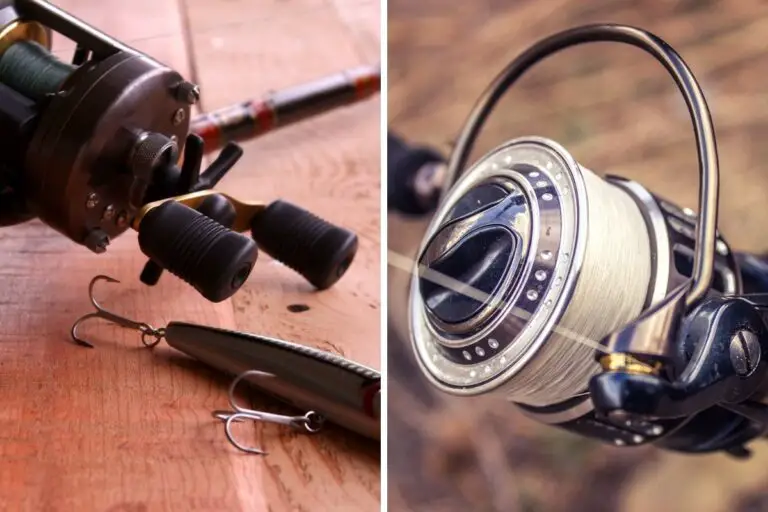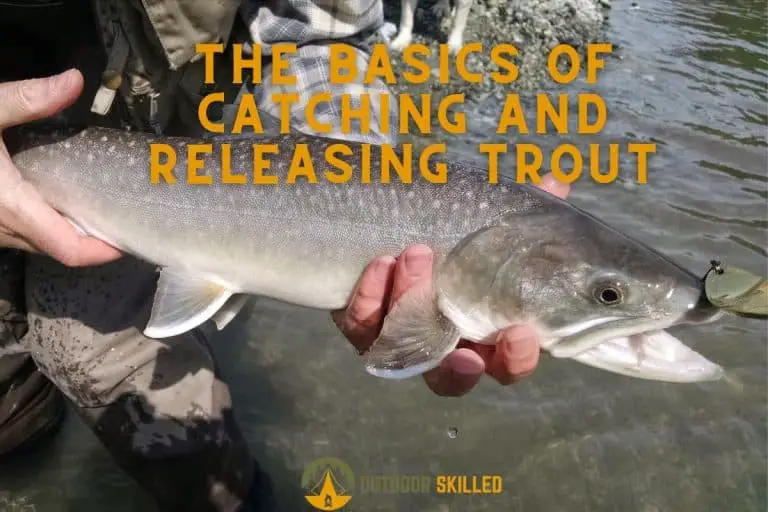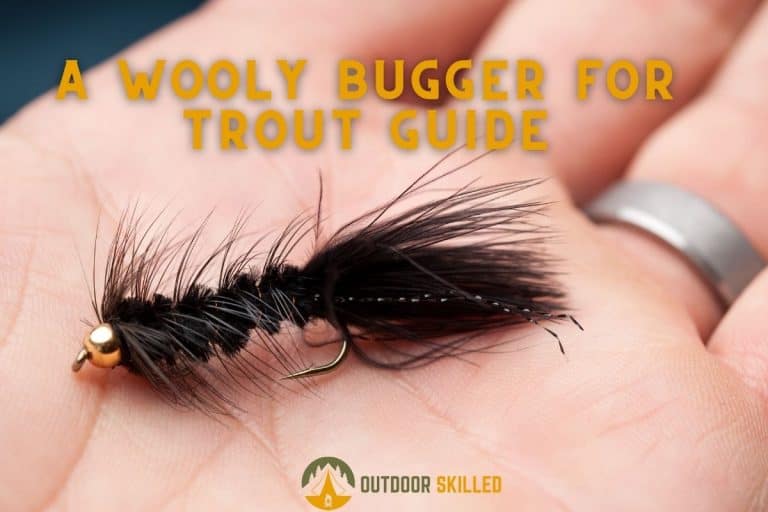Are Trout Bottom Feeders? Tips to Better Target Trout
Most anglers associate trout with fly fishing on the surface of the water, however, trout are opportunistic feeders and they tend to feed at different depths of the water depending on their surrounding conditions.
That’s why it’s important for trout anglers to learn more about trout’s feeding behavior and how to adapt their fishing technique to increase their chances of catching more trout.
So, are trout bottom feeders? Trout are bottom feeders if they inhabit deeper waters such as large lakes or oceans. However, if they inhabit shallow waters such as streams or rivers, trout are more likely to feed closer to the surface. Trout’s feeding behavior mainly depends on the depth of water and the surrounding temperature.
Continue reading to learn more about trout’s feeding behavior and how to bottom fish for trout.
Table of Contents
When Do Trout Feed from the Bottom of the Water?
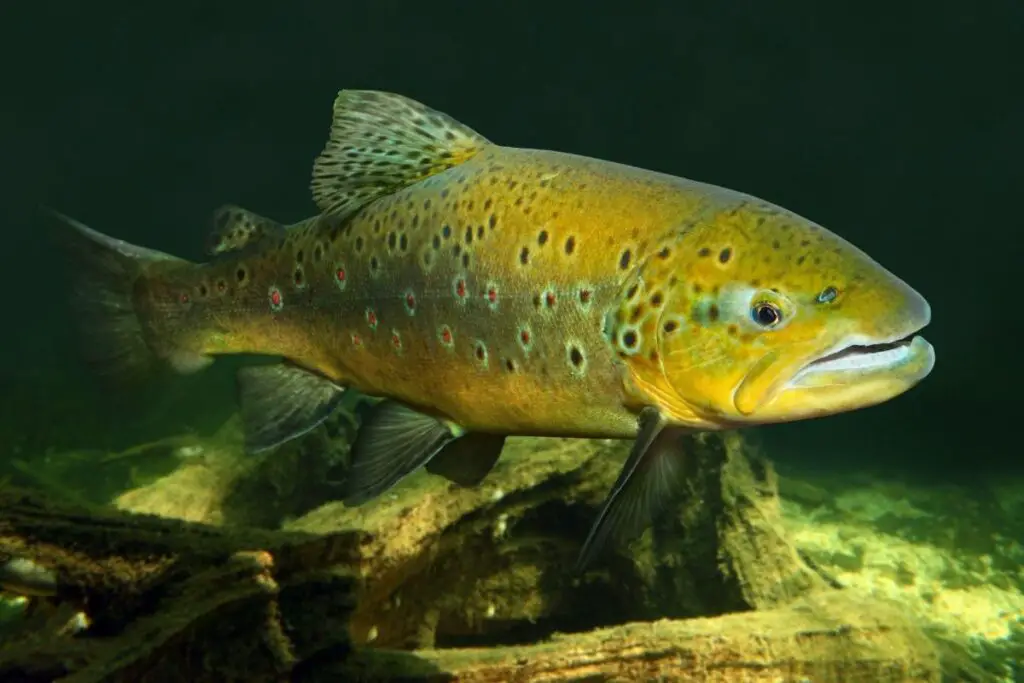
Trout’s feeding behavior is mainly affected by their habitat and weather conditions. There are many studies that show that trout fish consume about 15% of their food from the bottom of the water.
Since trout usually prefer cold temperatures, they will feed at the bottom or at the middle of the water column if they inhabit deeper waters such as large lakes or oceans because that’s where the water temperature will be comfortable enough for them to eat.
What Do Trout Eat at The Bottom?
Trout that live in large lakes or oceans eat any natural bait that floats past them at the bottom. They tend to have a preference for aquatic plants or weeds, fish eggs, mollusks, crustaceans, and worms
How to Bottom Fish for Trout?
If you’re fishing for trout at the bottom, it’s best to adapt your fishing technique for bottom fishing as well as rig your bait appropriately.
You need to keep in mind that all bottom fishing rigs must include a weight or a sinker that you attach to the fishing line below the hook. This will effectively sink your bait down to the bottom and keep it there so that the trout can detect it and bite it.on
There are many different kinds of sinkers. Here are the most commonly used kinds for trout bottom fishing:
- Egg sinker – This kind is a round-shaped sinker with a hole in the middle for the line. The main benefit to using this kind of sinker is that trout will be able to take the bait without feeling any resistance from the weight.
- Bank sinker – This kind is shaped like a bowling pin. It’s the most ideal kind of sinker for fishing around rocky bottoms because they will not get stuck.
- Pyramid sinker – This kind is shaped like a pyramid with a sharp tip. It’s the most ideal kind of sinker for fishing around sandy bottoms because the sharp tip will hold the bait firmly in the sand.
When It comes to the weight of the sinker, trout anglers usually go for 1/4 to 1/2 ounce sinkers. This will allow you to cast your bait further and with more accuracy.
It’s recommended to attach your sinker to your line above a barrel swivel, below your hook. It’s also recommended to attach a leader to your line and keep in mind that the deeper you fish, the longer your leader should be.
What kind of Bait is Best When Bottom Fishing for Trout?
Bottom rigs usually work best when used with floating baits or live bait.
The best floating baits to use when targeting trout at the bottom are fish eggs, dough bait, and PowerBait. You can learn how to use salmon eggs for trout fishing here and what are the best powerbaits for trout (and how to use them effectively) here.
While the best live baits to use when targeting trout at the bottom are small baitfish like shiners or minnows, live worms, and shrimp.
When it comes to the hook, it’s recommended to use a treble hook that’s 10-14 in size or a single bait hook that’s 8-12 in size. You can check this guide on how to select the perfect hook for trout.
What Kind of Gear Is Best When Bottom Fishing for Trout?
When bottom fishing for trout, it’s recommended to use a 6-7-foot fishing rod with medium power and fast action paired with a Baitcasting reel. You can find the best fishing rods for trout here, and if you are looking for a quick recommendation, just get the Okuma Celilo rod, it’s easily the best fishing rod for trout.
For the fishing line, it’s recommended to use a mainline that would easily sink to the bottom. You can use a monofilament line with an 8 to 10-pound test or a braided line with a 6 to 8-pound test. It’s also recommended to attach a fluorocarbon leader.
Is It Safe to Eat Bottom Feeding Trout?

Bottom feeding trout might be exposed to a higher concentration of pollutants because of what they feed on at the bottom. These pollutants are mainly chemicals such as geosmin which causes the trout’s meat to have a muddy taste.
This geosmin chemical compound is mainly produced from the weeds and actinomyus bacteria that cause the organic material at the bottom of the lake bottom to decompose.
To ensure that the trout are safe to eat, you need to remove the muddy taste by soaking the trout in clean water and vinegar for a day before cleaning the fish thoroughly. That is because the geosmin compound breaks down in acidic conditions. It’s also a good idea to remove the trout’s skin when cleaning it.
You can check out this guide to cooking trout with the best recipes I’ve ever tried.
Keep in mind that not all bottom-feeding trout will contain pollutants. Whether the trout are safe to eat or not mainly depends on the water they live in and what they feed on.
Related Questions
What Is Bottom Bouncing Fishing Technique?
Bottom bouncing is a fishing technique where you drag your bait along the bottom of the water. It’s an excellent technique to attract grab the attention of bottom-feeding fish and get them to bite as the dragging motion creates strong action. It’s recommended to use live bait, bucktail jigs, or spinning lures when using the bottom bouncing technique.
When Do Trout Feed Close to the Surface?
Trout feed close to the surface in shallow waters such as streams or rivers. They will also feed close to the surface on windy or rainy days. That is because the temperature will be colder at the surface which causes the trout to become more active.
What Depth Do Trout Feed at?
Trout feed at various depths depending on the weather and water temperature. They tend to feed close to the surface on cold, windy, or rainy days since the water temperature will be cooler on the surface. While on warm sunny days, they tend to feed near the bottom of the water.
Which Fish Species Are Bottom Feeders?
There are many different fish species that can be considered bottom feeders. These species include trout, catfish, herrings, anchovies, and sardines. They usually inhabit deeper waters like lakes or oceans and they mainly depend on their eyesight and sense of smell to locate their meals.
Helpful Resources
Trout Fishing in America by Richard Brautigan (you can check the book on Amazon here)
Level Up your Trout Fishing
- Gear up with the best Trout Fishing Rods here
- Check out the best Trout Fishing Reels here
- Find the best fishing lines for Trout here
- Get larger trouts faster with these trout baits that NEVER fail
- Learn about hook sizing for trout here, and the best baits for rainbow trout here.
- You can’t go wrong with these powerbaits for trout.
- Get larger steelheads with these baits
- These Steelhead Lures are the experts’ picks for the year, and it’s easy to see why
If you like this article, please share it or pin it, you can find the share buttons below. We will really appreciate it ❤️

